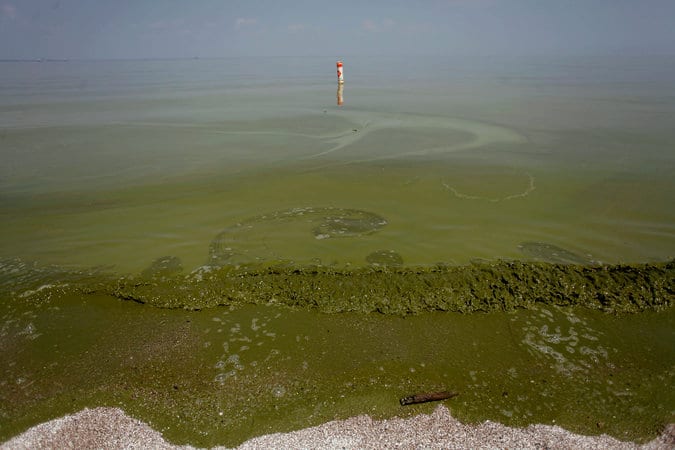10 Facts to Know About the Legal Side of the Toledo Water Crisis

Over a half-million residents lost drinking water in Toledo this past week due to the poisonous algae infestation in Lake Erie. Government officials are predicting that Lake Erie is becoming far more dangerous in the years to come. Will Ohio take serious action? Here are the facts you need to know about the legal/political side of this latest crisis, as summarized by The New York Times.
The Legal and Political Side of the Water Crisis in Toledo
- Summertime bans on swimming pools and other recreational activities around the lake are so regular that Ohio’s Environmental Protection Agency maintains a website on poisonous algae blooms.
- Five years ago, “An Urgent Call to Action” was put in place by the federal Environment Protection Agency, but very little results have come from it.
- Aside from its harm to people and animals, the toxic water creates tens of billions of dollars in commercial fishing damages. Conservationists have been campaigning to find a way to limit the amount of phosphorous in waterways.
- Why so little action taken on this crisis? It is suggested that the government has few legal options to enforce the limit of phosphorus.
- Many states have unfortunately chosen not to act upon the federal Clean Water Act, which is in place to limit pollution from industrial outfalls and sewers. The reason for no action? Much of the harmful phosphorous is spread out over thousands of square miles.
- The Supreme Court has limited regulators’ ability to protect wetlands and other bodies of water not connected to streams, or that do not flow year-round (wetlands filter phosphorous from runoff water before it reaches rivers and lakes).
- A proposal to restore the Clean Water Act has come under fire in Congress, mainly from Republicans who view the Act as an “infringement on private rights and a threat to farmers.”
- The Ohio government runs a Lake Erie Phosphorous Task Force whose purpose is to create solutions to these pollution problems.
- This year, legislation passed a law requiring farmers and major fertilizer users to apply for special licenses and undergo a certification process, but ultimately still minimizes control on pollution.
- Some of the $1.6 billion that Congress has assigned to the Great Lakes Restoration Initiative, has gone toward creating wetlands and teaching farmers how to reduce fertilizer and runoff. This crisis is not to be taken lightly, especially since algae blooms are beginning to spread all over the country.
Have a legal question regarding this case? Call us today!
Photo, from The New York Times
Comments are now closed



Comments